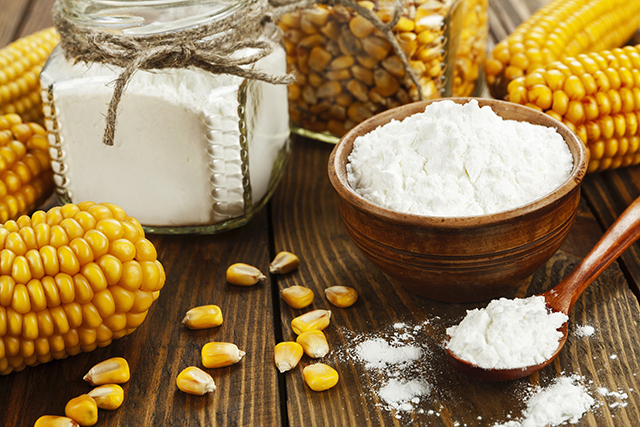How to protect your survival cache from mold, spoilage, or pestilence
11/26/2018 / By Zoey Sky

Prepping covers many emergencies, and most of them require a crucial factor: a steady food supply. But how can you make your survival cache last for a long time while also avoiding food spoilage? (h/t to SurvivalSullivan.com.)
Without the proper food storage techniques, your food supply could go to waste because of mold, spoilage, or pests.
These three things are some of the major threats to your survival food supplies.
Pestilence
Various kinds of pests and insects can ruin food supplies by either destroying the packaging or breeding inside it, which will contaminate it.
To keep mice, rats, and other rodents away from your stockpile, find their nesting areas first then place traps near the entrance/exit. Be cautious when using poison, since they can be accidentally ingested by children or pets. The dead pest may also become a secondary vector if consumed by another animal.
You can keep insects like cockroaches away by maintaining the cleanliness of your storage area. To deter tiny pests like mites and weevils, which will infest bulk items like grains and pasta, seal food properly.
Mold
Mold and rot will also affect like fabrics, leather, and paper. Meanwhile, some plastics can rot due to disuse or lack of care. Mold can bloom almost anywhere it can spawn, but permeable materials are the most vulnerable to mold outbreaks.
In most cases, mold is a health hazard so it must be prevented at all costs. Keep moisture levels as low as possible and make sure air circulates among your supplies. Don’t cram supplies, and check items packed away from light and air because they are vulnerable to mold formation.
If there are small, dusty patches of mold on your items, inspect everything in your storage area. Confirm what kind of mold you’re dealing with, then use the corresponding remedy. When in doubt, wipe everything with a strong disinfectant, then let items dry out before returning everything in its place.
Spoilage
Another major concern for food supplies is spoilage. Since the sell-by date isn’t always reliable, rotate your food supply so nothing expires in your pantry. When you consume food from your supplies, don’t forget to replace it with a fresh batch. (Related: Tips for basic home food preservation and canning.)
Securing your survival cache
Like the rest of your property, your stockpile is also vulnerable to theft. A common burglar may target items that can be resold, such as ammo or guns.
When SHTF, your food and water supplies could be targeted by looters. Secure your property and don’t reveal the location of your caches to people you don’t trust.
Don’t announce your prepper lifestyle on social media sites, which is the last thing a real survivalist would do. If you frequent prepping websites or forums, never divulge personal information and maintain your anonymity.
A prepper’s stockpile is an investment that’s also the sum of your hard work and research. When SHTF, a secured survival cache could spell the difference between life and death, so secure your supplies today.
You can learn more about proper food storage and how to secure your survival cache at FoodSupply.news.
Sources include:
Tagged Under: bug in, bug out bag, bugging in, bugging out, canned food, Food Preservation, food safety, Food storage, food supply, mold, off grid, pestilence, preparedness, prepping, preserving food, proper food preservation, spoilage, survival, survival cache, survival food


















